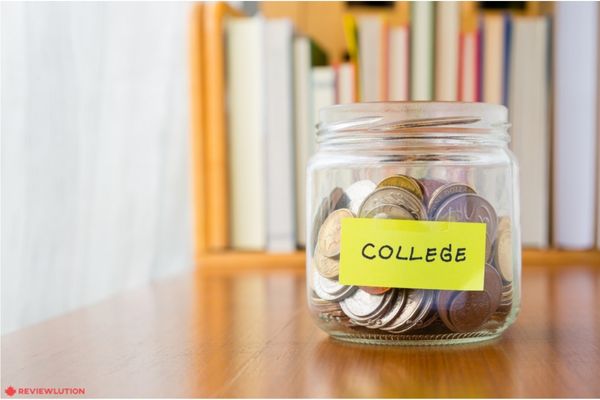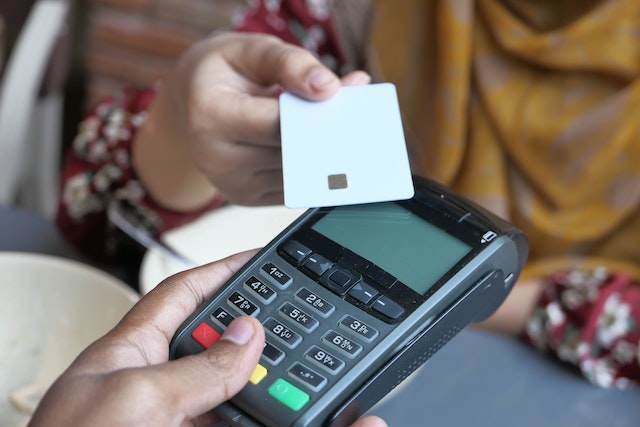Canada Learning Bond: What You Should Know
Do you have a child that has just finished high school? Does your child want to continue their education or begin an apprenticeship? If yes, you’ll be pleased to read about the Canada Learning Bond that aims to help you save for your kids’ future. With the costs of childcare on the rise, who wouldn’t want a bit of help?
Stick around because we’ll cover everything, from eligibility requirements to the amount of money you can receive from this grant.
Let’s dig in!
What Is the CLB?
Aside from an RRSP, Canadians can use the Registered Education Savings Plan (RESP) to save for a child’s future education. However, unlike with an RRSP, RESP contributions are not tax-deductible, but they are tax-sheltered until withdrawal. Additionally, they can be boosted with two types of grants, the Canada Learning Bond and the Canada Education Savings Grant.
The Canada Learning Bond is a sum of money that the government puts into an RESP to help families save for their children’s post-secondary education. Fortunately, you don’t need to make contributions to your child’s RESP for them to receive the learning bond.
Namely, the CLB is Canada’s attempt to aid low-income families with the costs of education and facilitate their children’s transition to:
- College
- University
- Apprenticeship programs
- Traineeship
- Trade school
- CEGEP
- Other eligible institutions
Since CLB and RESP accounts are tied, once your child begins post-secondary education, they can withdraw the money from their RESP account to help pay their tuition costs, textbooks, courses, and other necessary expenses.
Canada Learning Bond Eligibility
Since this grant is for low-income individuals, it’s expected that to qualify, families must fall within an income threshold. However, apart from this, eligibility for the learning bond is based on the number of qualified children under 18 and the adjusted net income of the family.
Below, we’ve compiled the income eligibility amount for the CLB from July 1, 2021, to June 30, 2022. So, to qualify, you’ll need to determine which category you belong in and find out what your particular income threshold is.
| Number of children | Adjusted net family income |
| 1 to 3 | Under or equal to $49,020 |
| 4 | Under $55,311 |
| 5 | Under $61,626 |
| 6 | Under $67,942 |
| 7 | Under $74,257 |
| 8 | Under $80,572 |
| 9 | Under $86,888 |
| 10 | Under $93,203 |
| 11 | Under $99,518 |
| 12 | Under $105,834 |
| 13 | Under $112,149 |
| 14 | Under $118,646 |
| 15 | Under $124,780 |
| 16 | Under $131,095 |
However, apart from this, your child must also fulfil a separate set of eligibility requirements to qualify for the CLB, such as:
- They must be from a low-income family
- They must be a Canadian resident
- They must be born in or after 2004
- They must have a valid Social Insurance Number (SIN)
- They must have an RESP account in their name
How to Apply?
Now, let’s talk about the (relatively straightforward) application process. Before you can request a CLB, you must provide:
- SIN for both the subscriber and the child
- Birth certificate for the child
- Income statements
Then, you’ll need to contact a participating RESP promoter and ask them to open an RESP account if your child doesn’t already have one. Finally, all that’s left is for you to check that the CLB has been deposited in your child’s account after you’ve been approved.
Remember, the money is deposited every year that the child is eligible, so if the sum doesn’t show up, check whether you still meet the eligibility criteria before phoning your RESP promoter.
How Much Can You Receive From the CLB?
And now for the fun part – how much can you receive from the learning bond? Well, Canada’s government contributes a maximum of $2,000 to an eligible child’s RESP. Usually, this includes $500 for the child’s first year of eligibility, up to age 15, and an additional $100 each year the child continues to be eligible, up to 15 years.
However, since the CRA determines whether you qualify each year and the $100 is linked to your family’s income level, you may not be eligible for the sum every year, so make sure you still fall in the same category.
Conclusion
We hope this article has helped you understand the Canada Learning Bond and recognize how it can benefit your family. If you’re eligible, the CLB can take a significant load off your shoulders and help you enjoy this time of life when your children begin to chase their dreams.
FAQ
The Canada Learning Bond was introduced in 2004, as part of the Canadian federal budget that aims to help and encourage low-income families to use RESPs to save money for their children’s post-secondary education.
The income threshold for the CLB depends on the number of children a family has. For example, if a family has 1,2, or 3 kids, their total adjusted net income should be less than or equal to $49,020 to qualify for the grant.
Therefore, the more children a family has, the higher the income threshold. Currently, the maximum number of kids the government recognizes is 16, while the adjusted net family income for these cases should be less than $131,095.












